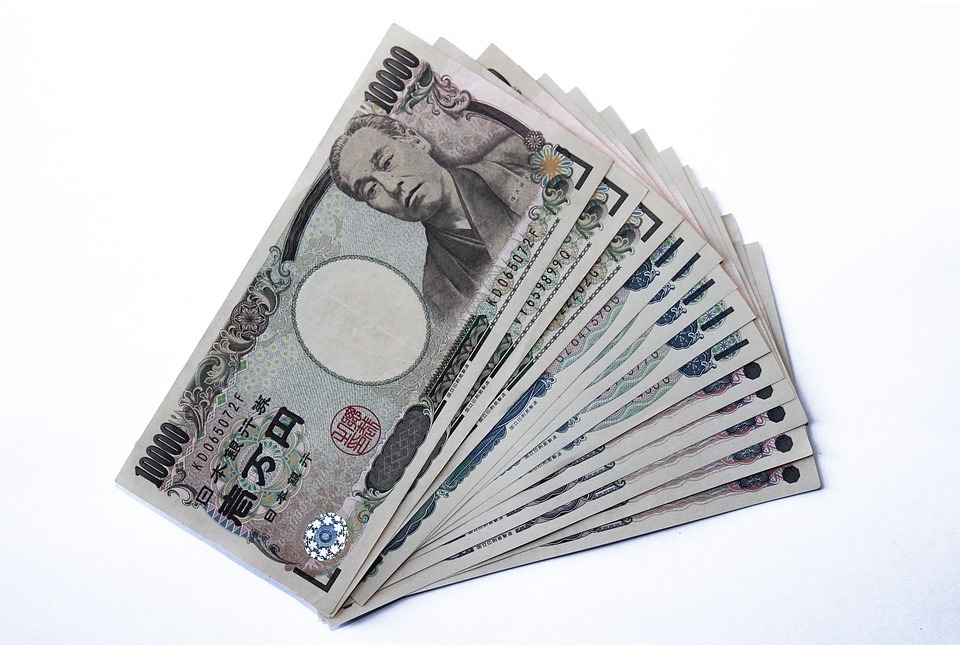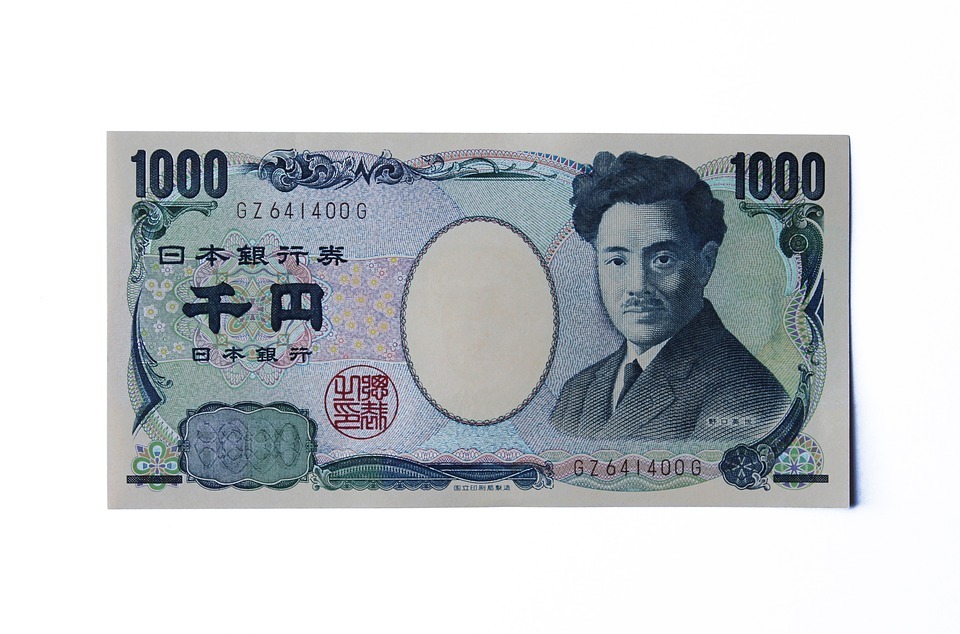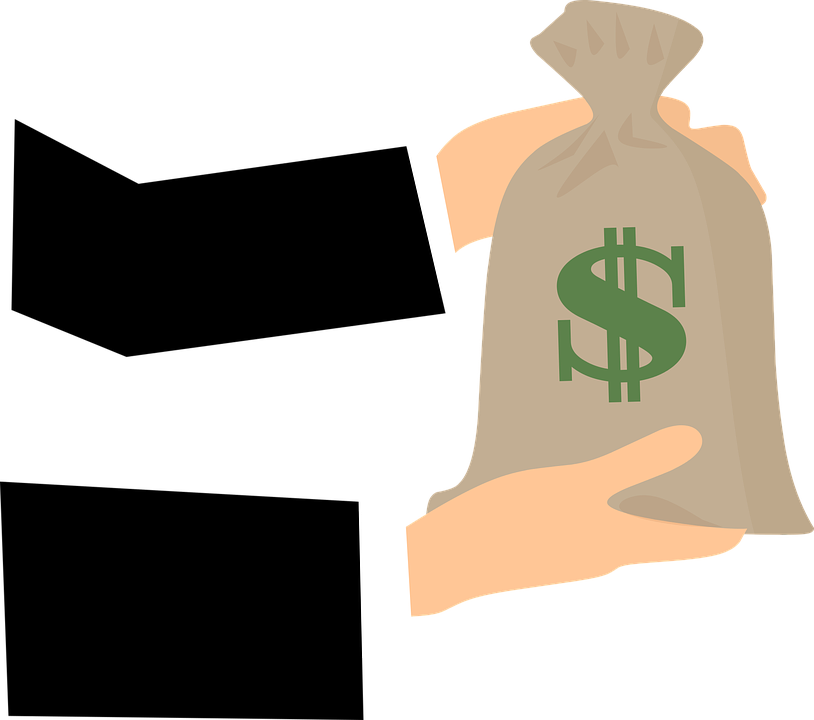The JPY and the Equity Markets Correlation
Correlations play an essential role in Forex trading. When building a trading plan and deciding what to buy or sell, correlations may hold the key to the success of those trades.
In general, traders avoid correlations, or they are afraid of correlated markets. Because most of the times correlated markets lead to overtrading, and overtrading leads to blowing up the trading account, traders learn correlations as a way to protect the trading account.
Multiple types of correlations exist, direct and inverse ones. Moreover, depending on the correlation degree, traders adapt the strategy too.
For example, sometimes two currency pairs enjoy a one hundred percent correlation degree. A few years ago, the SNB (Swiss National Bank) decided to peg the EURCHF pair at the 1.20 level.
Being a cross pair, and impossible to move below 1.20 as long as the SNB kept the peg active, the further it moved from the 1.20, the lower the correlation degree became. Also, the closer it traded to 1.20, the stronger the correlation became.
We already know now as we discussed this on one of the previous articles part of this Forex trading academy that a cross pair moves based on the differences between the two majors it represents. In this case, the EURCHF cross moves based on the differences between USDCHF and EURUSD.
Hence, the closer the EURCHF traded to the 1.20 level, the stronger the correlation between the two majors became. And the other way around, when the cross traded well above the 1.20.
But Forex trading isn’t affected by the correlation between currency pairs only. Other markets influence the price action on the currency pairs.
Among them, the U.S. equity market is a driver for the risk off/risk on pairs. Because the JPY’s special status, the JPY pairs depend heavily on what’s happening with the United States equity markets. And, especially on what’s happening with the DJIA (Dow Jones Industrial Average).

JPY in Forex Trading
Just like the CHF (Swiss Franc), the JPY is considered a safe-haven currency. Namely, when something goes wrong, and investors flee for safety, the two currencies are the most saught after.
Moreover, in similar conditions, the stock market falls. Hence, the JPY tends to depreciate when the U.S. equity markets rise. And, to gain value when they fall.
Obviously, this is not a coincidence, and there is an economic logic behind the JPY and the U.S. equity markets correlation. In fact, this is one of the most extended and most powerful correlations in Forex trading, and it has its roots in the uniqueness of the Japanese economy.

Japanese Economy Particularities
For decades, Japan has been fighting a deflationary spiral challenging to control. Capitalism, as we know it today, depends strongly on central banks and their monetary policy.
For instance, when the economy expands, it is documented that moderate inflation not only helps, but also stimulate growth. Hence, central banks build their mandates surrounding inflation levels.
They look at inflation as the first sign of economic troubles ahead. Or, economic expansion to come.
When inflation falls below the two percent target, most of the central banks cut the interest rate level for the currency. As we know by now, the interest rates play a crucial role in Forex trading.
But the cutting takes place in a relatively narrow corridor. From 2% to zero there is not much room to maneuver. Until recently, cutting the interest rate level below the zero edge seemed unthinkable.
Yet, societies change, economic concepts change, and so the way to address new issues changed too.
Facing shallow inflationary levels below zero (a.k.a. deflation), Japan saw its economy gripped. While moderate inflation stimulates growth, negative inflation or deflation grips the economy beyond the point of easy return.
Hence, Bank of Japan (BOJ) first cut the rates to zero. And, the bank kept them there for years and years. Yet, inflation didn’t turn but dipped even lower.
Some other regions in the world solved the consumption problem using unprecedented monetary policies, encouraging migration to stimulate the birth rate, and so on. But in Japan, the society is a closed one due to cultural particularities.
This lead to very low birth rates and an aging population. For the economy, that’s terrible news as older people tend to save money not spend it. Hence, prospects for inflation to rebound to the target were minimal, not to say inexistent.

Low-Interest Rates are the Key
For this reason, during the last decades, if there was a loose economic policy somewhere in the world, it was in Japan. Naturally, we talk about one of the largest economies in the world with huge companies exporting and importing products from everywhere in the world, hence influencing global economic growth too.
And this leads to the correlation between the JPY and the American Indices. When investors want to buy U.S. stocks, they need the money to do that.
Therefore, they turn to the currency market to borrow and search for the currencies with the lowest interest rate level. After all, it is only reasonable as the aim is to pay as little interest on a loan as possible.
So, they turned and still do, to the Japanese Yen. Here’s how the correlation works:
- When investors are bullish on the stock market and want to buy some stocks, they borrow in JPY. Next, they exchange the JPY into USD to buy the shares. Hence, the USDJPY will rise as the JPY is sold to make room for the USD buyers. In other words, it is like a futures contract, when investors buy dollars today and use them to buy equities. When the equities rise, they mark the profit, sell the dollars and pay for the JPY loan. Because of little or no interest in the JPY loan, they stand to make a profit from this process.
- On the other hand, when bearish sentiment prevails in the stock market investors want to sell stocks. They start selling the equities bought in USD and pay the money borrowed in JPY, pushing the USDJPY rate lower or JPY higher.
This is a process that happens very fast, due to recent major improvements in execution. Brokers, liquidity providers and other parties involved have access to sophisticated software that bridge currencies in such a way that execution happens in a blink of an eye.
Because of that, the process results in a robust correlation between the JPY and the U.S. equity markets.

Conclusion
Perhaps the best currency pair to speculate on using this correlation is the USDJPY. In time, depending on changes in the monetary policy in the two parts of the world, the correlation may tighten or loosen.
Look for the USDJPY to benefit most from the rise in U.S. stocks, and to suffer when the American indices sell off. However, always keep an eye on the Bank of Japan’s monetary policy actions.
As all correlations, this one holds true only because the interest rates in Japan are so depressed that traders take them for granted. They stood low for such a long time that any possible change seems unthinkable. But when they’ll eventually rise, if ever, the JPY and U.S. stock market correlation will cease to exist.


